One of the more significant recent innovations is the TwoBox system, which went into series production in 2020. The system, which is a combination of ESP® and an electromechanical brake booster, a crucial component for electric cars in particular, foregoes the negative pressure generated by a combustion engine that is then fed to a conventional brake booster. The system’s rapid build-up of brake pressure enables, among other things, short braking distances during automatic emergency braking.
In the plug-in hybrids of the new GLC as well as the S-Class, Mercedes-Benz uses the next generation of regenerative braking systems with a vacuum-independent, electromechanical brake booster. These systems automatically and flexibly switch between hydraulic braking and recuperation on a situation-by-situation basis for optimum energy recovery at all times. The upshot: the car achieves maximum recuperation power more frequently than with a conventional, purely hydraulic braking system.
Another innovation is the combination of brake control system and rear axle steering, which also went into series production in 2020. This novel control technology can actively adapt handling to the desired profile in the normal range as well as stabilise the car in the threshold range, while various modular actuators can accurately predict upcoming dynamics.
,xPosition=0,yPosition=0.5)
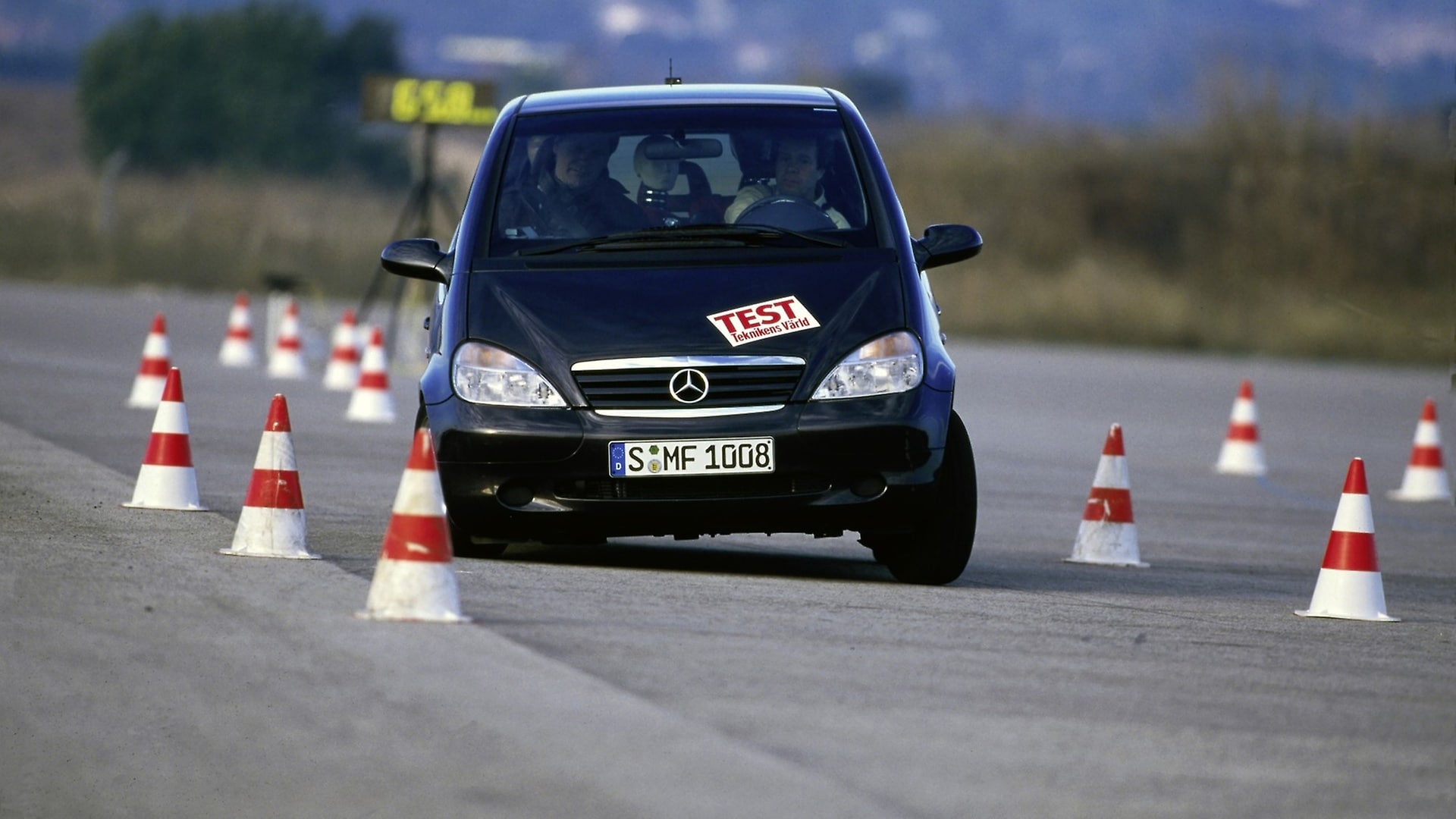
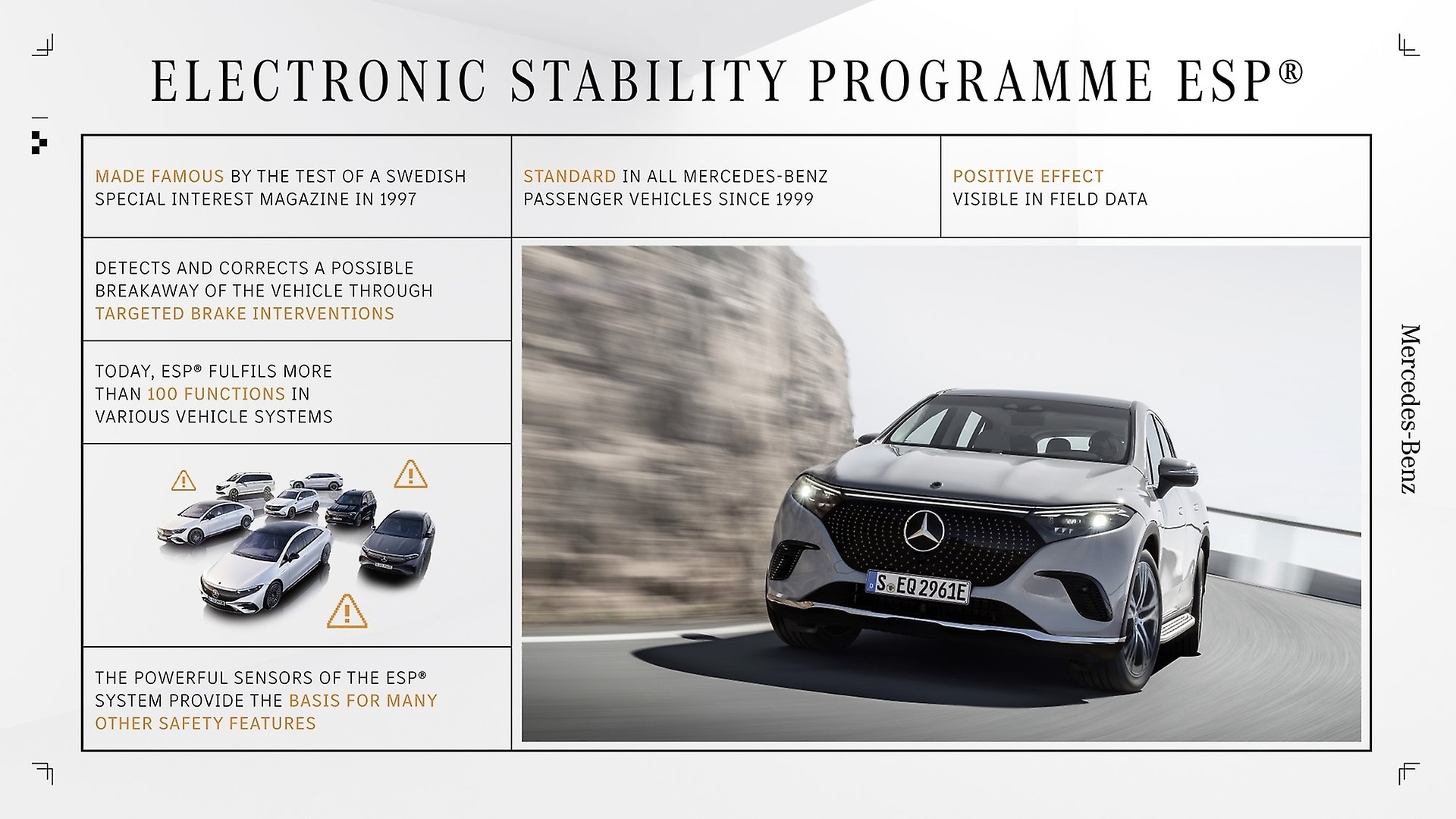
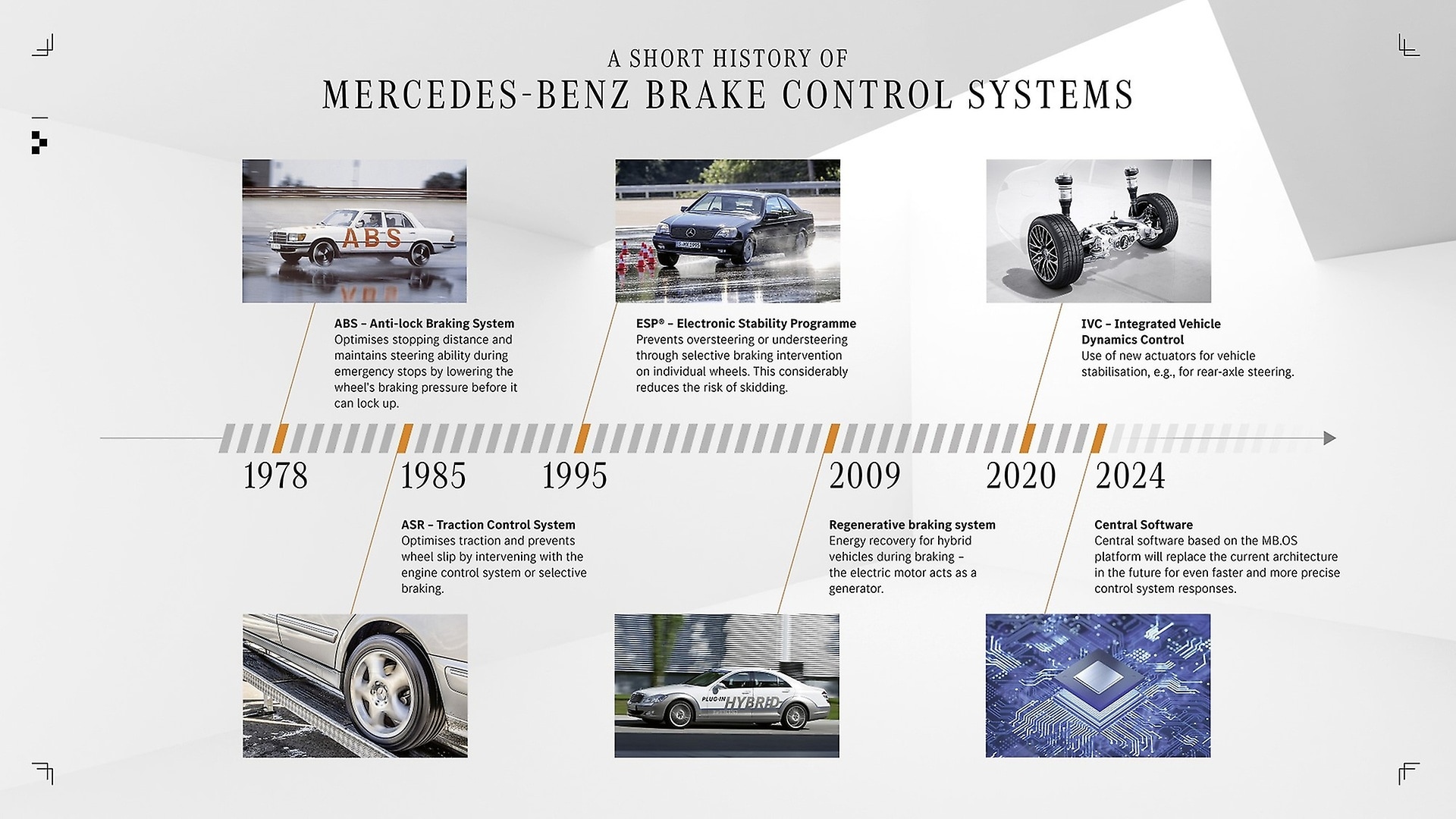
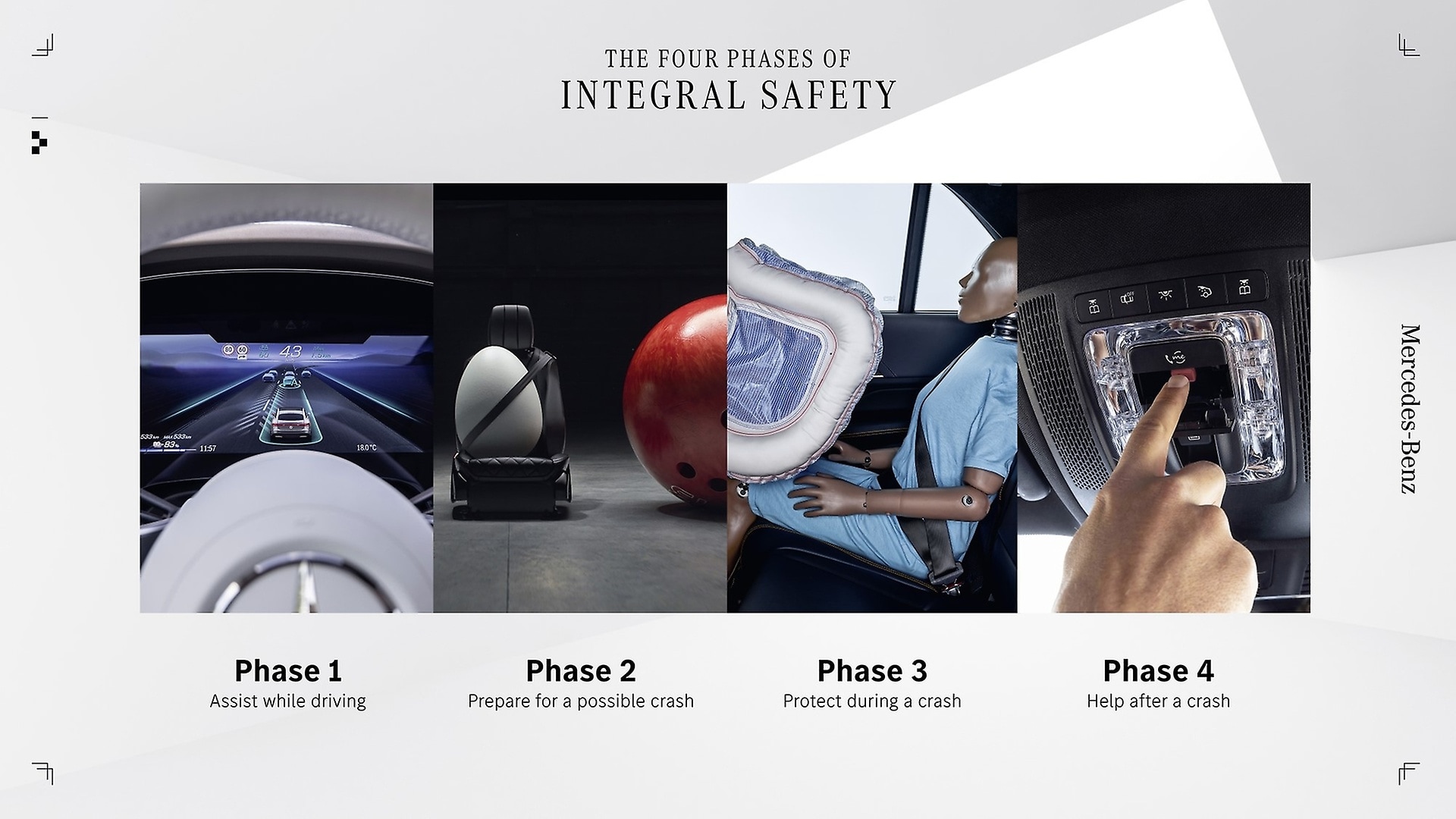
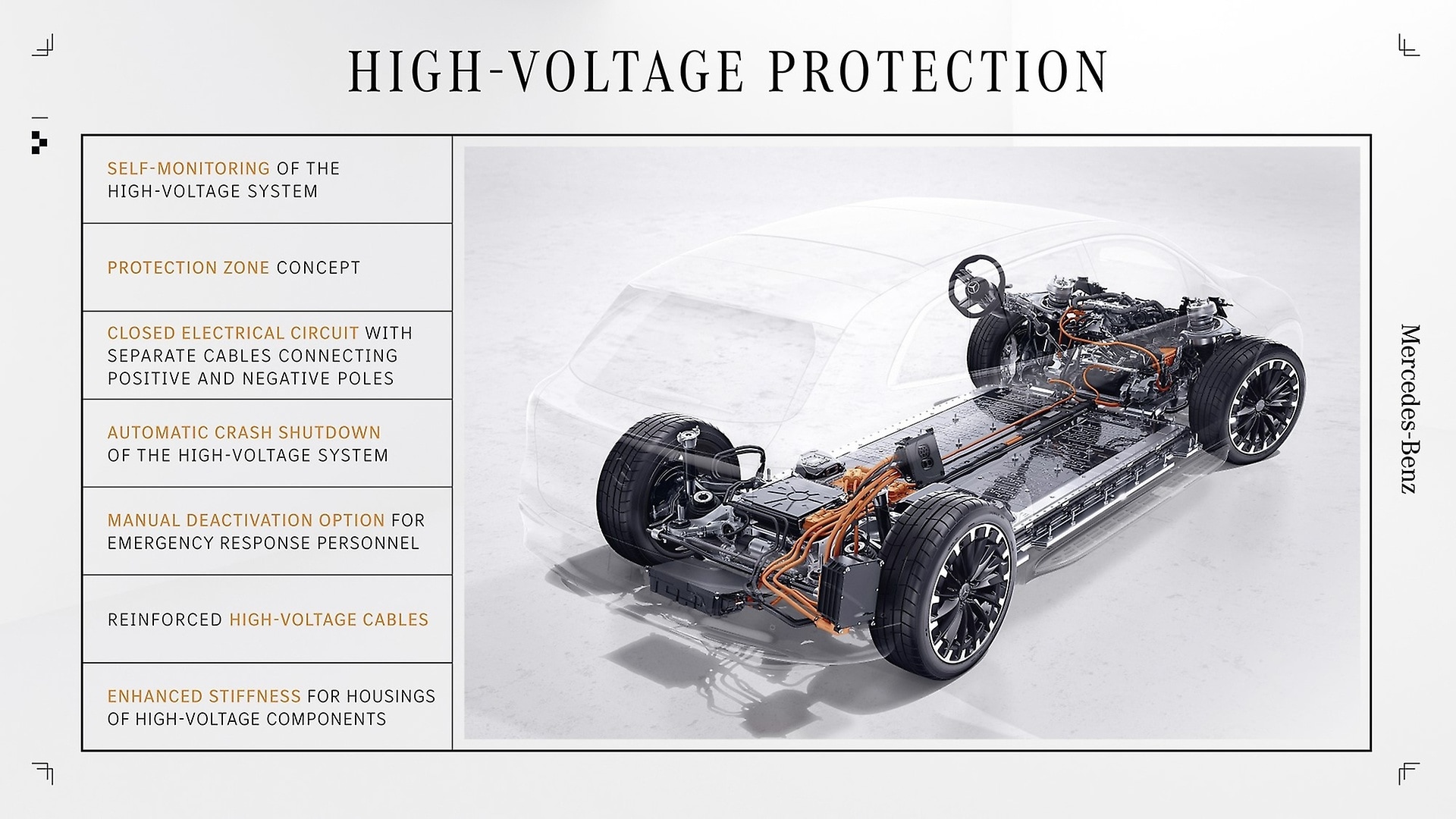
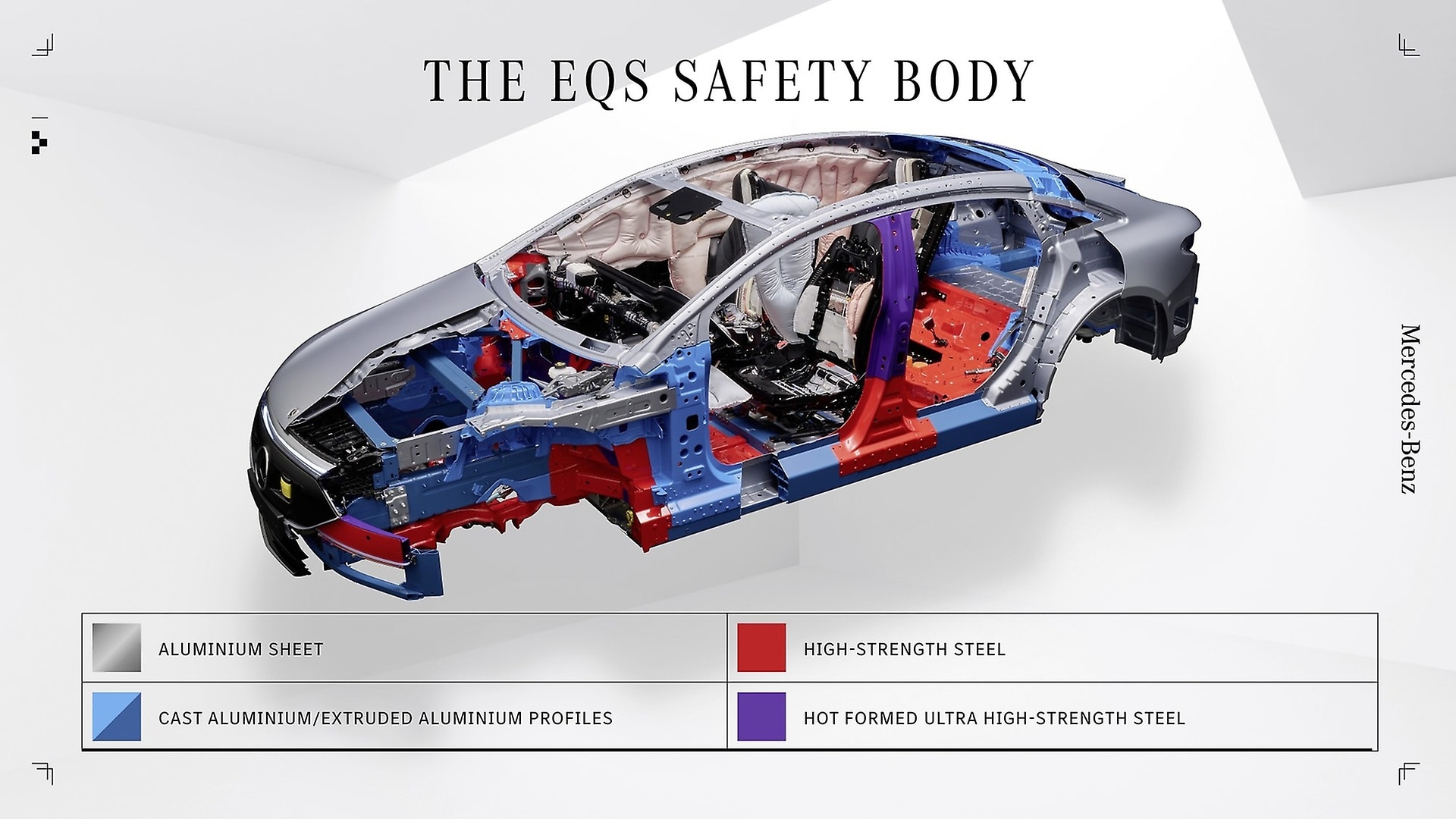
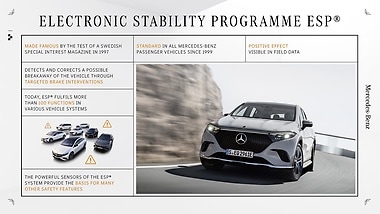

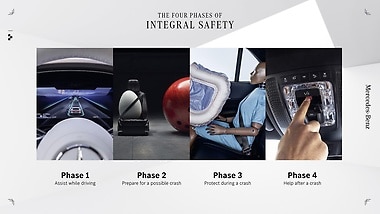
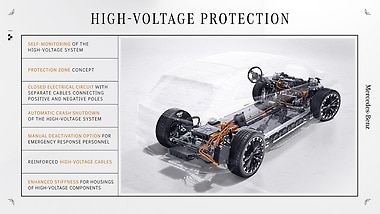
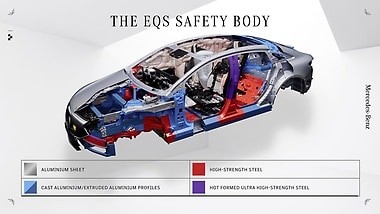
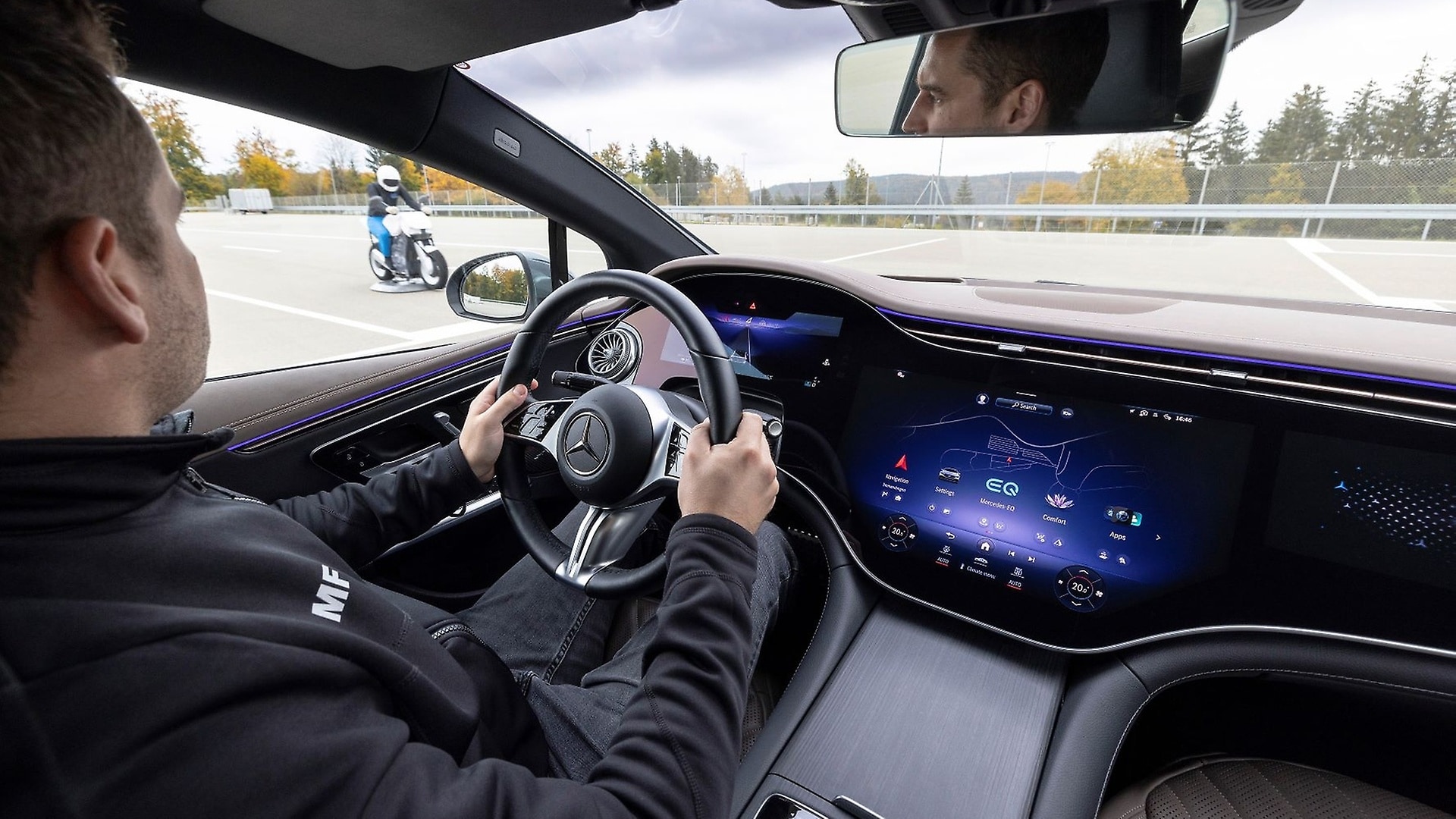
,xPosition=0.5,yPosition=0)
,xPosition=0.5,yPosition=0)